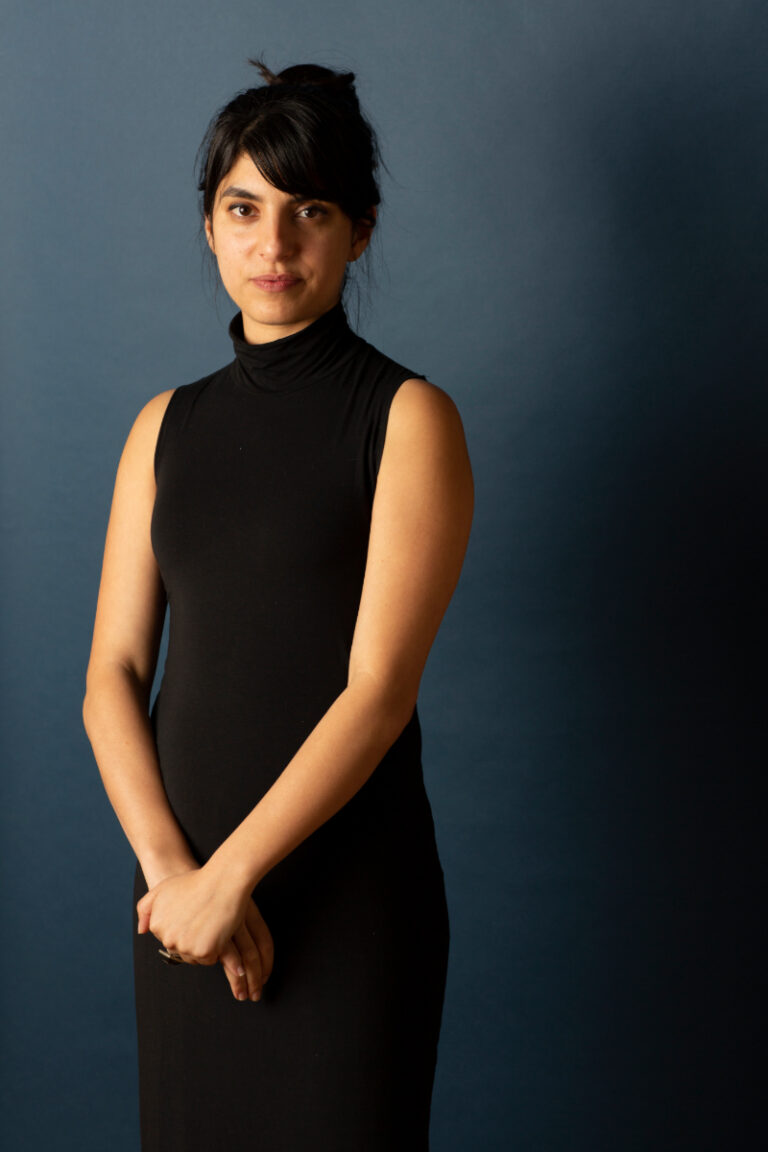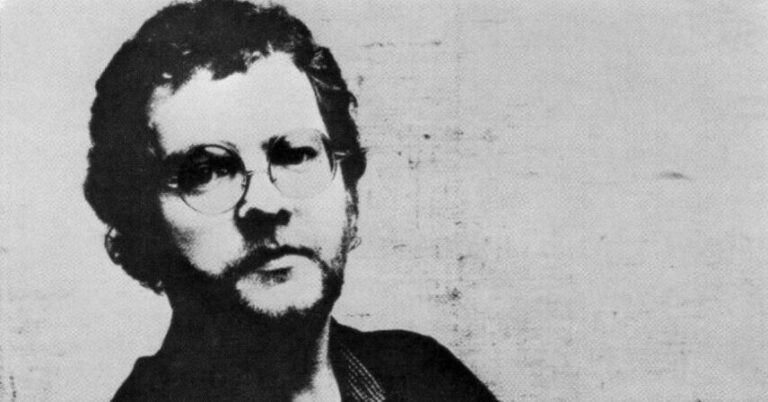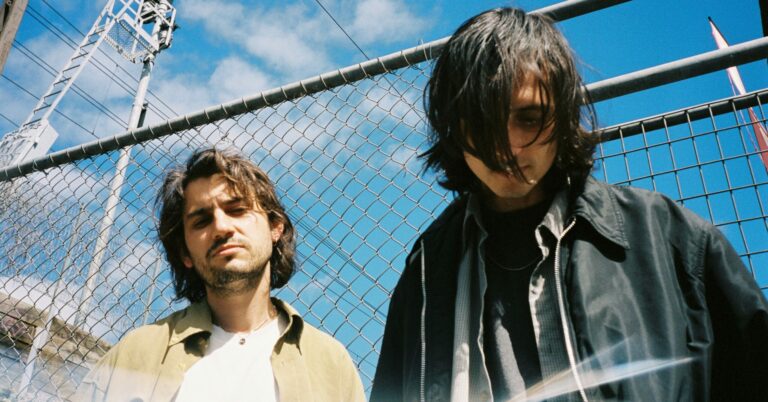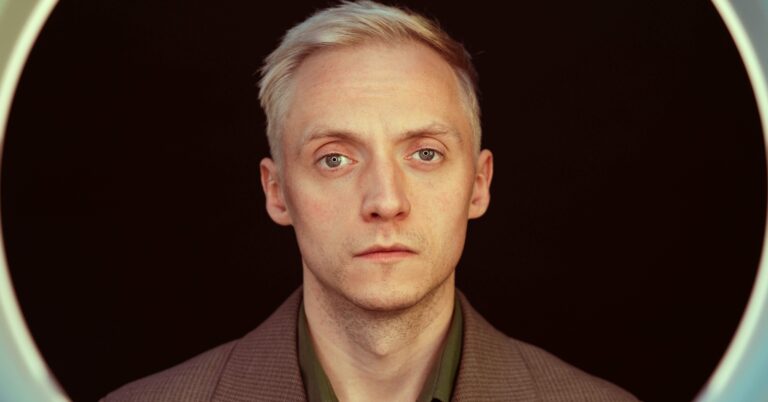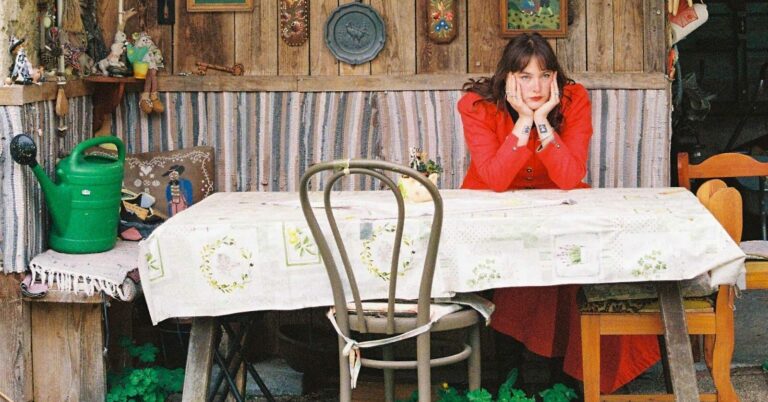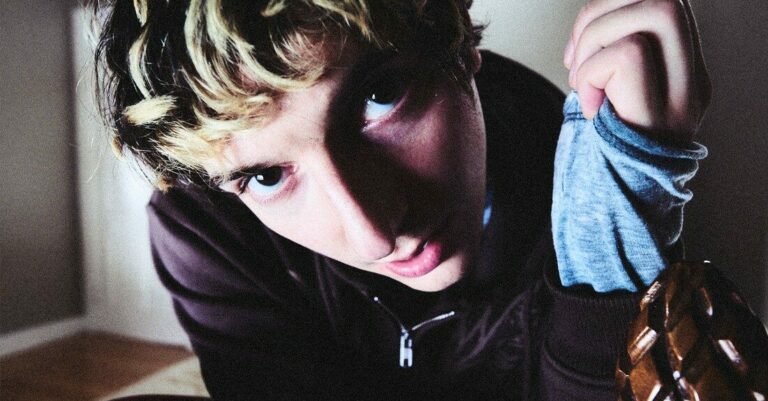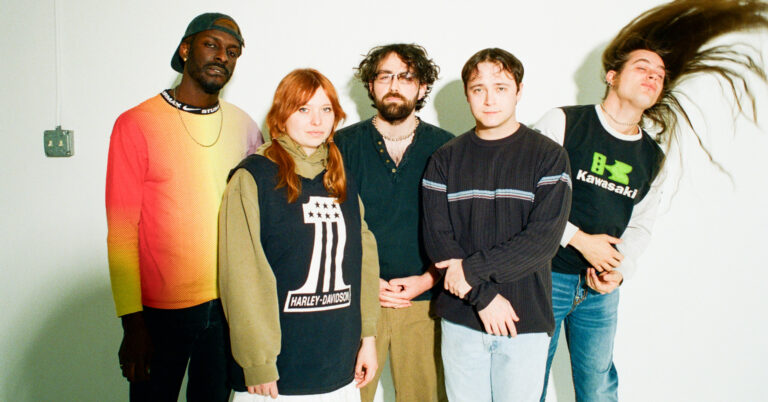During a road trip in her native home of Palestine when she was young, the narrator of Yasmin Zaher’s debut novel accidentally swallows a coin. Now in modern-day New York City, wealthy, glamorous and extremely fashionable, she attributes her obsessive-compulsive disorder to the coin, which results in hours of intricate grooming routines. When she’s not in her bathroom, she’s teaching at a nearby school, assigning her students bizarre and intimate essay prompts — one has them interview a family member regarding a truth they refuse to acknowledge.
After she gets involved with a Birkin bag reselling scheme with a homeless man that takes her to Paris, she leaves her teaching job and plans to resort back to a natural world order. Whether a break from the incessant cleaning or a refusal to participate in society any more, she finds comfort in the naturalness she fills her apartment with, and somehow returns to a truer self than she imagined. The Coin is smart, witty, and radically easy — a debut with an immensely strong voice.
Our Culture talked with Yasmin Zaher about The Coin’s titular coin, her narrator’s voice, and Palestine.
Congratulations on your debut novel! How does it feel now that it’s so close to being out?
It’s a wonderful moment right now. After many years of struggle, you start to feel like it pays off.
The Coin is so interesting structurally; it takes place in these mostly 1-2 page snippets. Why did you want to tell the story in this way?
I think that’s just how it came out; I think it’s connected to my attention span. I cannot write for a very long period of time, so the scenes turned out to be very short. Looking back, I can see it has this propulsive quality that’s also contemporary because we live very quickly. But it wasn’t intentional, it was just true to my life at that moment.
The first sentence has stuck with me: “Dirt was my first hypothesis.” Your narrator goes to such extremes in order to remain clean, with a very extensive morning ritual. What was it like depicting OCD-like behavior?
It’s very rich, it’s a very rich world. There’s so much detail, so much repetition, you could zoom in very closely to things or slow down time a lot. I think it was a real pleasure to write a character who is obsessive and compulsive.
Did you have to do any research for her whole morning routine?
I took a lot of things from my life, the things I like and appreciate. For her clothes, I looked online. I loved this part, I was window shopping for the character. All the women in my family are clean freaks, so that part was very easy to write. I knew exactly what that attention to cleanliness meant in someone’s life.
I’m obsessed with your narrator because I love messy women. She’s uncompromising, cutting, and often very funny. Was there ever hesitation about crafting her character or did you always know the voice she would have?
Yeah, the voice was so distinct and decisive where there was no negotiation with it, really. I couldn’t really soften her. I wasn’t interested in softening her, also, because I think she’s interesting. But she was stronger than my ability to revise her.
She gets involved with a homeless Birkin bag reseller, who takes her to Europe to enact the scheme. All the while, she has a neighbor named Sasha she’s involved with, but isn’t overly attached to. What did you want to portray in her relationships to these men?
One man accepts her and accepts himself the way he is, and another man is hung up on his performance of himself and expects a performance from her. I think there was this question of the tension between love and expectations, and being authentic versus being acceptable. In a way, Sasha and Trenchcoat are opposites of each other.
The narrator traces her aversion to dirt back to the titular coin she swallowed in childhood. Her adult life is so real, but this kind of reminded me of a folklore tale. Why did you want to include this?
Well, I really did swallow a coin when I was little. I was very concerned about it! I think, somehow, that experience stuck with me. Metaphorically, it’s a beautiful image: you swallow a coin and it stays inside your body. In terms of a literary device, it’s convenient to be able to represent a lot of problems, personal traumas, ancestral traumas, all the evils of the world, you’re able to represent them in this physical thing you can write about very concisely in four letters. Everything is the coin. But I didn’t quite understand the metaphor until I was revising. With time, I began to understand it more and more, and peeled the layers off of it so that it was more coherent with the rest of the book.
At the end of the novel, the narrator is disillusioned with the idea of cleanliness and decides to revert her apartment back to a natural world order, filled with dirt and plants from a nearby park. Why do you think she finds such solace in the idea, given her previous tidy and beautiful appearance?
I think at some point she realizes her failure to control the world through cleanliness or fashion or the teaching of her students, so she takes a new approach. She says, ‘Okay, organizing the world is not working, so let me be in the chaos, a more ancient or primal idea of chaos. Maybe that will feel good.’ And it feels good for a certain period of time.
Yeah, it’s the ultimate escapism — when the world is too much, just quit and throw away your phone and not think about anything.
Exactly — it’s a radical plan B. But it’s acceptance, in a way.
The narrator’s homeland of Palestine sticks with her as she journeys through New York, recalling events from her childhood. One really powerful line that keeps coming back to me is “I come from a land that is a graveyard… It was bloody, haunted, and doomed, but it belonged to mankind.” What is it like writing about writing about your home in this brutal honesty?
It’s a brutally honest book. I’ve been steeped in it my whole life. It didn’t feel difficult. It’s a brutal place, but it’s also a beautiful place, and I tried to bring that out as well, speaking of nature and of these memories. I tried to portray it in the full spectrum of experiences.
There’s been so much new horror and sadness that has come out of Palestine since you sold the novel, and your book is one of many reminders to keep watching, to keep paying attention to these stories. It’s always been there, but now it’s amplified on a national scale. How do you feel about the real world coming in to influence the reading of the novel?
It’s interesting you picked up on that sentence. I thought a lot about how the book changed in the past year. I think that’s the only sentence that feels odd to me, now, because when I wrote it, ‘50 people killed in Gaza’ looked like a big number, in 2018. To be killed in one day. Today we’ve gone past that manyfolds. That’s the only sentence that doesn’t ring true anymore.
Everything else still rings true to me. I think a big part of that is because it doesn’t take place [in Palestine]. It’s a fantasy, it’s a memory. That kind of gets protected from current affairs in a way.
The narrator has this really dark sense of humor, too, that she falls back on. I remember her saying that she didn’t want to become a teacher in Palestine because she “couldn’t have worn heels teaching in a school with dirt floors.” Is comedy a coping mechanism in this way?
Yeah, it is. Also, human beings with all their contradictions are funny, also. A lot of us are so uptight and ethical, and really trying our best to be good people. But life is so full of contradictions. I wanted to bring that out as well.
Finally, what’s next? Are you thinking of more work as a journalist or writing more fiction?
I’d like to continue with fiction. I’d like to write a novel that takes place in Palestine, but that’s challenging to write now. Whatever I had in mind seven months ago feels less relevant today. It takes time to process events. I think the best thing to do is not to incorporate them in your writing right away, to let the meaning of things float over time.
The Coin is out now.
